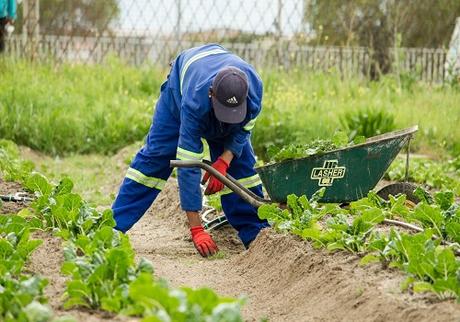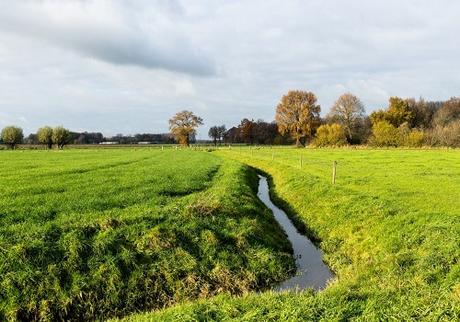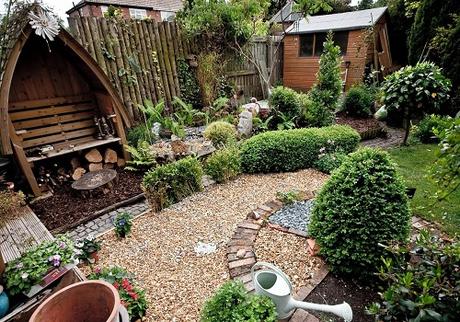Drainage is a critical component of any property and getting it wrong can cause all sorts of problems, including mold and blocked drains. If your property is on a clay bed, for example, this can result in poor drainage, and if you have puddles after a period of rain that does not drain away, it is likely you have a drainage issue. Take note of where the excess water lies and try to make holes with a garden fork – to determine the depth of the problem – and if this does not drain the excess water, it is likely there is a layer of clay stopping the water from draining away naturally.
Also Read: Lawn Irrigation System
Reduce the Amount of Water
One thing you can do is look for ways to reduce the amount of water that runs into your garden. All structures should have adequate gutteringand down pipes, which will channel rainwater to the drains, rather thanallowing it to run onto the garden. All guttering should be regularly cleaned out,as a blockage will send water cascading down the side of the building, addingto the problem.

Image Source: Unsplash
Call in the Professionals
One surefire way of identifying and fixing a garden drainage issue is to call out a local drainage company like 24/7 Drainage Solutions, who can quickly identify the problem area and advise accordingly. This type of business would employ high technology to ascertain a drainage issue and can also inspect the interior of your drain using a go-anywhere CCTV camera, carrying out any necessary repairs while they are there.

Image Source: Unsplash
Fine Gravel Solutions
If you do have a clay patch, the long-term solution is to dig most of it out and replace it with fine gravel.This would not have to cover the entire area, only the lowest points, as the excess water will eventually arrive at this spot, and can drain away easily, thanks to the layer of gravel.
Install a French Drain
If your garden has serious drainage issues, perhaps the best solution is to lay a French drain. Porous pipes around 12 inches in diameter are connected together in a shallow trench, and once the pipes are in and seated correctly, backfill with sand, gravel, and earth, then replace the turf and that should be enough to remove excess water. There is a great article online (with images) that takes you through each stage of laying a French drain. You can refer to it if you need further details on French drains.

Image Source: Unsplash
Creating a Path
The solution to all drainage issues is to create a path for the water to run away. This could be down or along a line that takes the water to a drain, and if you are unsure about how to do this, any company that specializes in unblocking drains would be able to help. If water remains, it can cause manyproblems; trees and shrubs might have an adverse reaction to too much water,not to mention the lawn. Grass is very hardy, but if there is always surfacewater, the soil will erode, and your grass will start to disappear.
Digging a trench (in exactly the right place) is always the preferred solution, and with a little work, you would never know the trench is there. If in doubt, don’t leave water sitting on your lawn for too long, as other problems will surface, and if the water comes into contact with the house, damage will occur.
